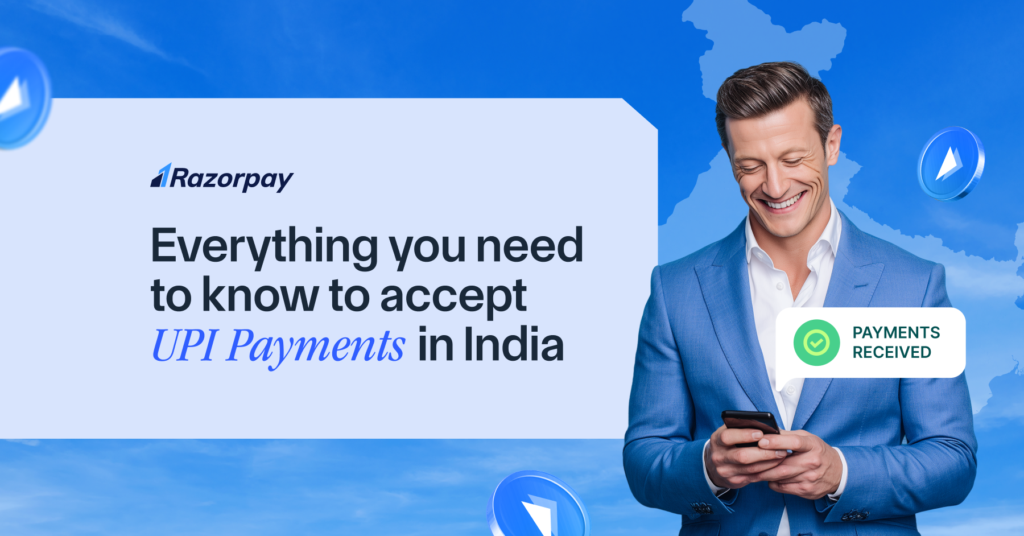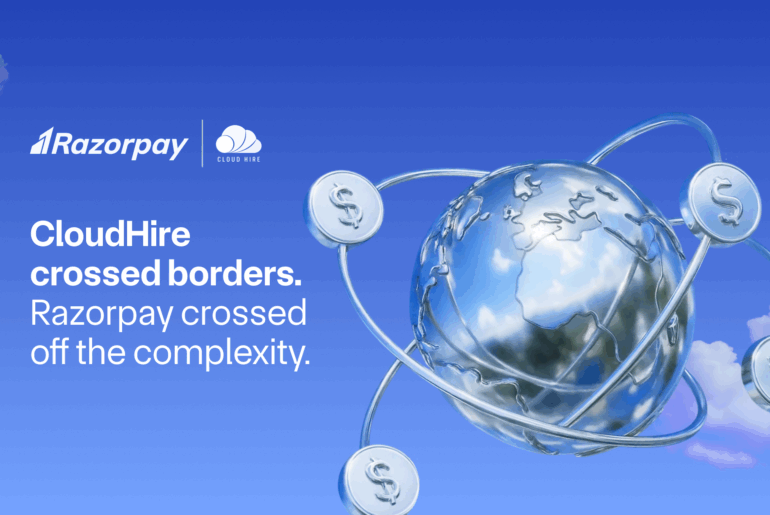If you’re a global business looking at India, you’ve probably seen a lot of conflicting advice online about what it takes to start accepting payments. Some guides tell you to open an Indian bank account. Others insist you need to set up a local subsidiary. A few even suggest you’ll need to hire an army of lawyers.
No wonder there’s so much confusion. The reality is: India’s payment rails have evolved faster than most markets, and the process today is a lot simpler than what most people will tell you.
For example, here are some Reddit threads with founders and operators sharing their frustrations about how confusing it is to start doing business in India.

So, let’s clear the noise.
Here are the five things you actually need—and one big thing you don’t—to start accepting UPI payments from Indian customers.
1. Do you need a complex tech setup to accept UPI payments in India?
No. What you need is a simple, seamless API integration.
A lot of businesses worry they’ll need multiple plugins or a heavy custom build. The truth is, a single integration can handle everything—if you choose the right partner. That means your checkout can support:
- UPI payment flows in all shapes & forms (One-time, Recurring; QR codes customers scan, “collect requests” they approve in their UPI app, or one-tap intent flows inside apps like Google Pay)
- Pricing in INR so your checkout feels localised to your customers
- Automatic retries when something goes wrong (like when a one-time password—similar to 2FA codes in the US—fails to deliver)
In short, you don’t need to be a tech giant to offer UPI. You just need an integration built for scale that feels local and reliable to Indian customers.
With Razorpay, you get India’s #1 UPI stack, powering 90%+ success rates and 10K+ transactions per second—so your checkout runs as smoothly as any local brand’s.
2. Do you need to hire a legal team in India to start accepting payments?
No. What you actually need is a compliance-ready payments partner.
India’s central bank, the RBI, has strict rules around payments. But you don’t need to set up a local office or hire lawyers to navigate them. A good partner will already have:
- Compliance baked into their product.
- The required license from RBI, called a PA–CB (Payment Aggregator–Cross Border) license, allows foreign businesses to legally collect UPI payments without needing their own local approval.
- Automated checks for local tax and money movement rules (so you don’t need to worry about Indian acronyms like TCS or LRS).
- Built-in anti-money laundering (AML) checks.
All of this runs in the background. The best kind of compliance is invisible—it doesn’t slow you down, but it keeps everything secure and legal.
Razorpay is already RBI-licensed under PA–CB and automates LRS, TCS, and AML checks out of the box, so you stay compliant without ever touching the paperwork. And with Razorpay’s new Smart AML Screening, flagged transactions are proactively reviewed, reducing AML-related settlement delays by two-thirds—so your cash flow stays smooth.
3. Do you need an Indian bank account to collect payments?

Not anymore. What you need is a global settlement account.
Here’s how it works:
- Customers in India pay you in INR (rupees).
- You receive funds in your home currency—USD, EUR, SGD—within just 2 business days.
- You don’t have to open an Indian bank account.
- You don’t have to wait weeks for settlement, which is common with older providers.
It’s fast, it’s simple, and it means your cash flow isn’t tied up in another country.
With Razorpay, funds from India flow straight into your overseas bank account in the currency of your choice within T+2 days, no local account needed.
4. Do you need to manage foreign exchange rates yourself?
No. What you need is built-in FX handling.
Hidden markups on foreign exchange rates can quietly eat into your margins. A good payments partner will give you:
- Real-time visibility into the conversion rate at the time of payment
- Lean spreads (around 2% vs. the industry’s 3.5% average)
- Automatic reconciliation and reporting so you don’t need to track it manually
That way, your India expansion grows your revenue—not your costs.
Razorpay’s FX engine gives you transparent rates, lower spreads, and automated reconciliation, so you know exactly what you’re earning, with no hidden fees.
Do you need to set up a legal entity in India?
No—and this is the biggest myth.
You don’t need:
- An Indian subsidiary
- A GSTIN (India’s equivalent of a VAT or sales tax registration number)
- A local bank account
With the right payments partner, you can skip the entity hurdle completely and go live in days instead of months.
Razorpay helps you go live in India within days, without a local entity or GSTIN,it is trusted by the biggest of global brands from- SaaS startups to travel giants.
Wrapping it up
Expanding into India doesn’t have to mean setting up offices, hiring lawyers, or registering a local company. What you really need comes down to five things: a smooth integration, compliance built into the rails, a global settlement account, transparent FX handling, and strong risk controls.
And what you don’t need? A local entity.
India is a $4T economy with over 850M digital users, and UPI now powers more than 80% of all online transactions. With the right payments partner, you can launch, collect, and scale in India—without ever opening a local entity.



